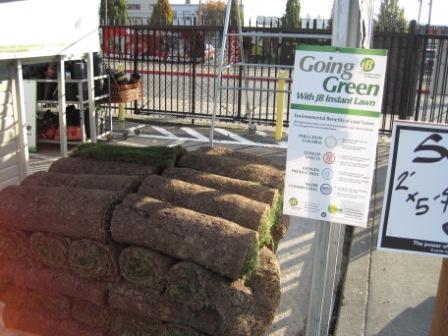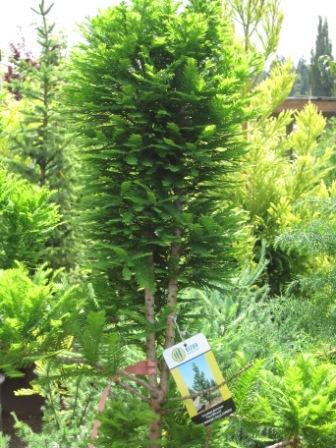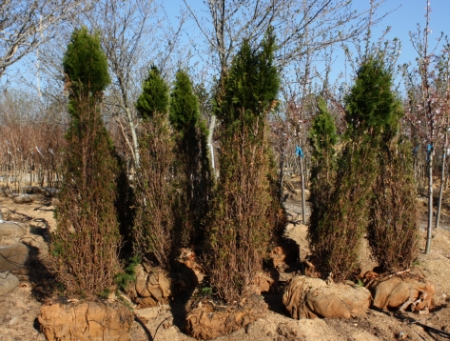Recently a well-known gardening blog featured a guest posting by a garden writer who made a case for using Canadian sphagnum peat moss as a horticultural amendment. He defended his preference through “facts” provided by the Canadian Sphagnum Peat Moss Association.
This is kind of like relying on the petroleum industry for the most objective information on the environmental effects of oil spills. Or the tobacco growers association for data on the effects of smoking on human health. C’mon now. We know we should consider the source of our information, right?
This isn’t to say that industries don’t have their own scientists conducting research, or that their research is unreliable. But to depend on industry talking points alone ignores the vast body of information provided by independent university researchers.
Several years ago I reviewed the scientific literature on the topic of peat as a sustainable resource; that column can be found here as well as in my most recent book (The Informed Gardener Blooms Again). Rather than repeat what I wrote there, I’ve conducted a quick overview of the research conducted on Canadian peatlands published in the last 10 years.
There are many such articles. And in general the results are not positive. Here are some of the highlights (or lowlights):
- Peat harvesting permanently alters the hydrology of bogs so that natural regeneration is impossible
- Sphagnum does not easily regenerate on degraded peatlands, causing the sites to become drier over time
- Species composition of harvested peatlands is not the same as on undisturbed peatlands
- The mulches used in peatland regeneration decompose and become significant sources of carbon dioxide
- Natural peatlands are long-term sinks of atmospheric CO2, while mined peatlands increase atmospheric CO2 levels
- Amphibian populations, already hampered by acid deposition, are further threatened by peat mining
- Volunteer birch trees on abandoned peat mines accelerate water loss
If we, as gardeners, deliberately choose to use unsustainable natural resources, we need to be fully aware of the consequences. Unquestioned acceptance of industry talking points lends nothing to the discussion.









